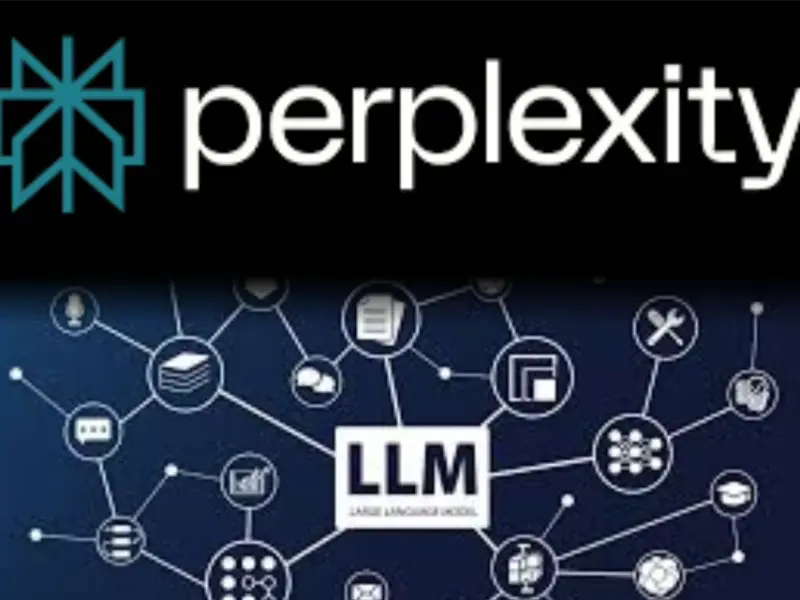- Large Language Models (LLMs) have improved language understanding and generation using advanced machine learning techniques like transformers.
- Models like OpenAI’s GPT and Google’s BERT have demonstrated the power of LLMs, pre-trained on vast text data for specific tasks.
- Perplexity AI uses LLMs to enhance conversational AI, providing more intelligent responses by capturing subtle language nuances.
Large Language Models (LLMs) have revolutionised artificial intelligence and natural language processing by capturing complex linguistic patterns and dependencies. Companies like OpenAI’s GPT and Google’s BERT have demonstrated the power of LLMs, pre-trained on extensive text data. Perplexity AI, a leading AI company, has revolutionised conversational AI by leveraging LLMs to deliver intelligent, context-aware responses, elevating user interactions, and driving innovation across diverse industries.
Overview of large language models
Large Language Models (LLMs) have significantly enhanced natural language processing (NLP) performance by utilising advanced machine learning techniques. These models, based on deep learning architectures like transformers, can capture complex linguistic patterns and dependencies.
Key milestones include OpenAI’s GPT and Google’s BERT. LLMs are pre-trained on large text data and fine-tuned for specific tasks, showing state-of-the-art performance on benchmarks like GLUE and SQuAD.
Perplexity AI’s utilisation of LLMs
Perplexity AI, a leading AI company, has used large language models (LLMs) to enhance conversational AI. By capturing complex linguistic patterns and nuances, LLMs enable more intelligent and context-aware responses. This has improved user interactions and provided personalised responses.
Perplexity AI’s expertise in customising LLMs for specific use cases sets them apart in the industry. LLM-powered conversational AI solutions have improved user experiences, increased efficiency, and driven innovation in various industries. Perplexity AI continues to push the boundaries of LLM technology, aiming to deliver sophisticated and intelligent conversational AI solutions.
Also read: How to create a large language model (LLM)?
Detailed analysis of PPLX models
Perplexity AI’s PPLX models are innovative in artificial intelligence and natural language processing, using large language models (LLMs) to capture intricate linguistic patterns. These models are tailored for specific use cases and domains, demonstrating prowess in tasks like sentiment analysis, language translation, and content generation.
They demonstrate high performance and user satisfaction, driving continuous refinement and innovation. Perplexity AI aims to lead the way in creating intelligent conversational AI systems, redefining human-machine interactions, and paving the way for future AI-driven communication paradigms.
Also read: What is the difference between generative AI and LLM?
Advantages of using PPLX models
Perplexity AI’s PPLX models enhance artificial intelligence and natural language processing by utilising advanced large language models (LLMs). These models improve language understanding and generate contextually relevant responses, enhancing AI system interactions.
Their customisation allows for optimal performance across diverse applications and industries. PPLX models show effectiveness in tasks like language modelling, sentiment analysis, and question answering, enhancing efficiency and productivity in virtual assistants, chatbots, and customer support systems.

